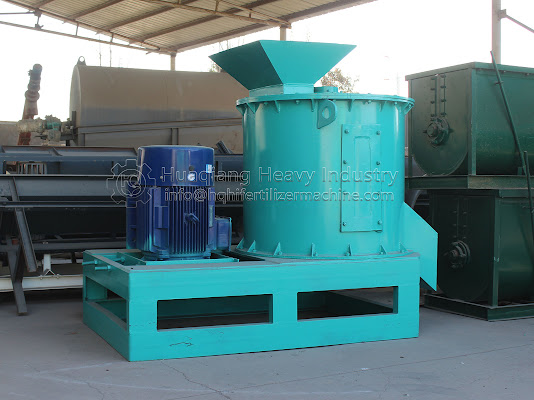Difference and production process of carbon based fertilizer and organic fertilizer
Many people confuse organic fertilizer with organic carbon fertilizer and think that applying organic fertilizer is to supplement organic carbon. In fact, there are great differences between them in water solubility and organic component functional groups.
Organic carbon fertilizer refers specifically to fertilizers that are highly water-soluble and contain organic carbon compounds such as sugars, alcohols, and acids (including humic acid) that are easily absorbed by plants.
1. At present, organic carbon fertilizers are classified according to chemical types, including organic acids, such as acetic acid, propionic acid, amino acids, etc.; sugars, such as monosaccharides, disaccharides, and polysaccharides; alcohols, such as ethanol, propanol, and aldehydes.
2. According to the state of existence, it can be divided into solid state, liquid state and gas state.
3. According to the degree of structural complexity, it can be divided into simple carbon nutrients, such as monosaccharides, acetic acid, amino acids, etc.; complex carbon nutrients, such as humic acid, polysaccharides, hormones, peptides, vitamins, etc.
The organic carbon nutrition with complex structure is directly applied to crops, which can save more light energy and have more obvious fertilizer efficiency. Among them, humic acids and amino acid peptides with complex results are high-end products.

Difference between carbon based fertilizer and organic fertilizer
Organic fertilizer generally refers to carbon-containing organic materials made from animal manure, animal and plant residues, and leftovers processed from animal and plant products through an organic fertilizer production line. The main raw materials of organic fertilizer are excrement and straw, which are treated by compost turning machine and fermented and decomposed. Although organic fertilizer contains a lot of carbon, its water solubility is generally less than 10%, mostly around 3%, so the carbon availability is very low. It is difficult for crops to supplement carbon nutrition.Organic carbon fertilizer refers specifically to fertilizers that are highly water-soluble and contain organic carbon compounds such as sugars, alcohols, and acids (including humic acid) that are easily absorbed by plants.
1. At present, organic carbon fertilizers are classified according to chemical types, including organic acids, such as acetic acid, propionic acid, amino acids, etc.; sugars, such as monosaccharides, disaccharides, and polysaccharides; alcohols, such as ethanol, propanol, and aldehydes.
2. According to the state of existence, it can be divided into solid state, liquid state and gas state.
3. According to the degree of structural complexity, it can be divided into simple carbon nutrients, such as monosaccharides, acetic acid, amino acids, etc.; complex carbon nutrients, such as humic acid, polysaccharides, hormones, peptides, vitamins, etc.
The organic carbon nutrition with complex structure is directly applied to crops, which can save more light energy and have more obvious fertilizer efficiency. Among them, humic acids and amino acid peptides with complex results are high-end products.

The production technology of carbon based fertilizer can be divided into fermentation treatment and chemical degradation treatment. Among them, humic acid and fulvic acid produced by efficient chemical degradation technology with lignite as raw material have high water solubility, do not flocculate in hard water, and have high physiological activity. The raw material powder is further processed into granular fertilizer by disc granulator and rotary drum granulator, which is a kind of high-end organic carbon fertilizer.
We provide carbon based fertilizer production process, NPK fertilizer manufacturing process and organic fertilizer production line according to user needs.
We provide carbon based fertilizer production process, NPK fertilizer manufacturing process and organic fertilizer production line according to user needs.



Comments
Post a Comment